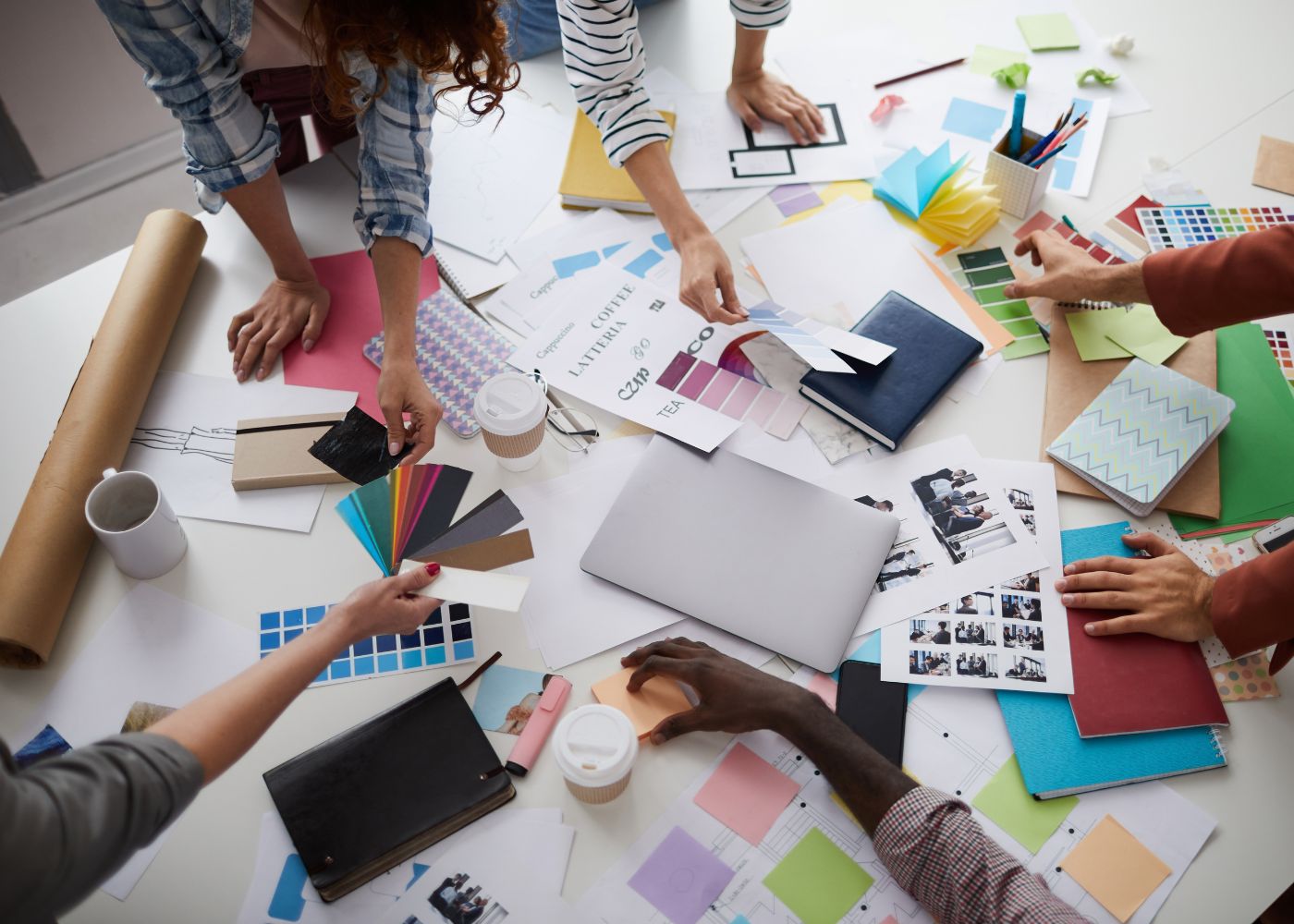Product design: the process of creating and developing new products from the initial idea to the final product. It’s an undertaking that demands understanding user needs, market trends, & technical constraints, all while balancing aesthetics and functionality.
For those who want to undertake product development, the journey can seem daunting. “Where do I start” “How do I start” are often questions people find themselves asking. However, with a systematic approach and a clear understanding of the key steps involved, navigating the complexities of product design becomes much more manageable. Here are five essential steps to help guide you on your product design journey.
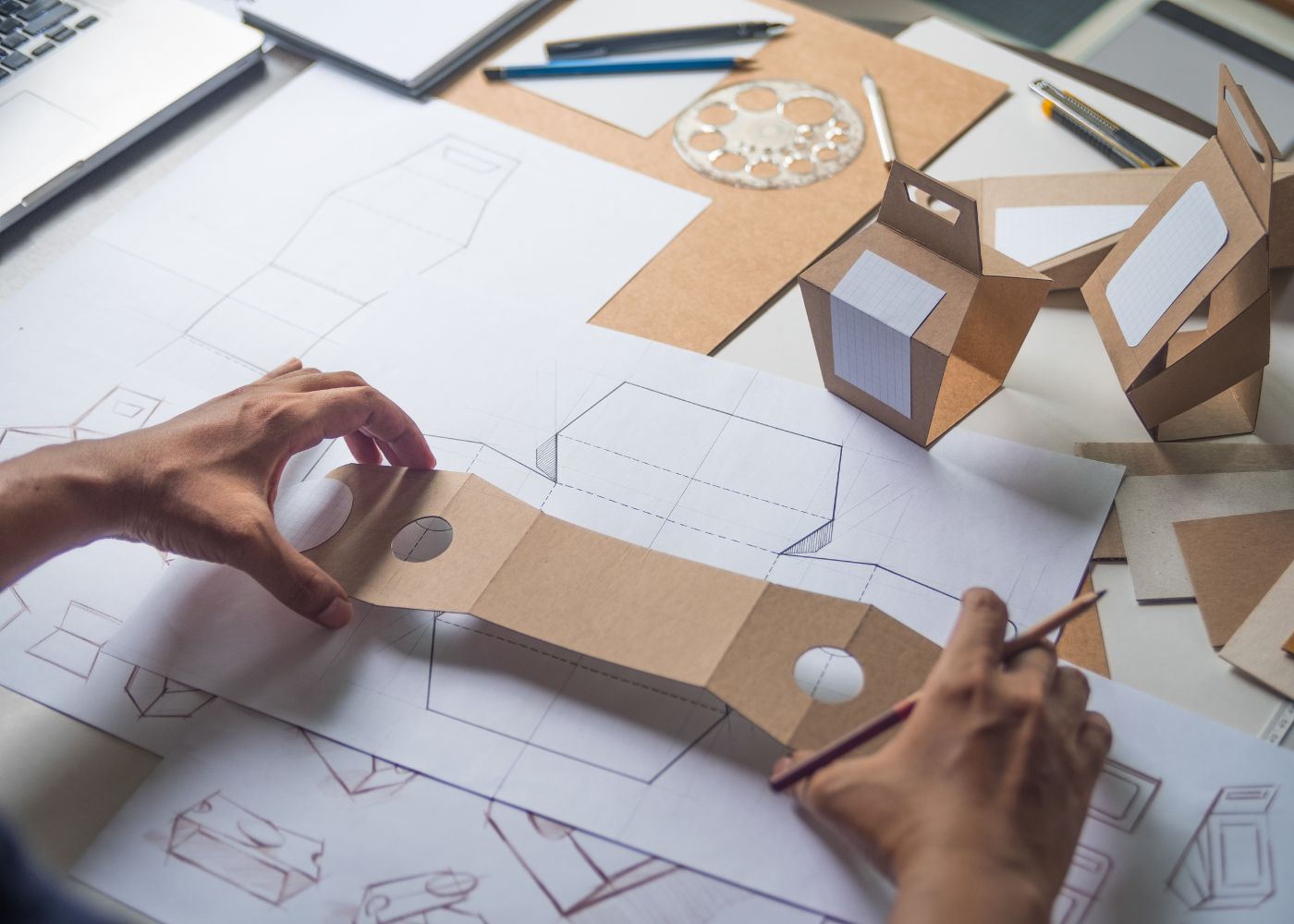
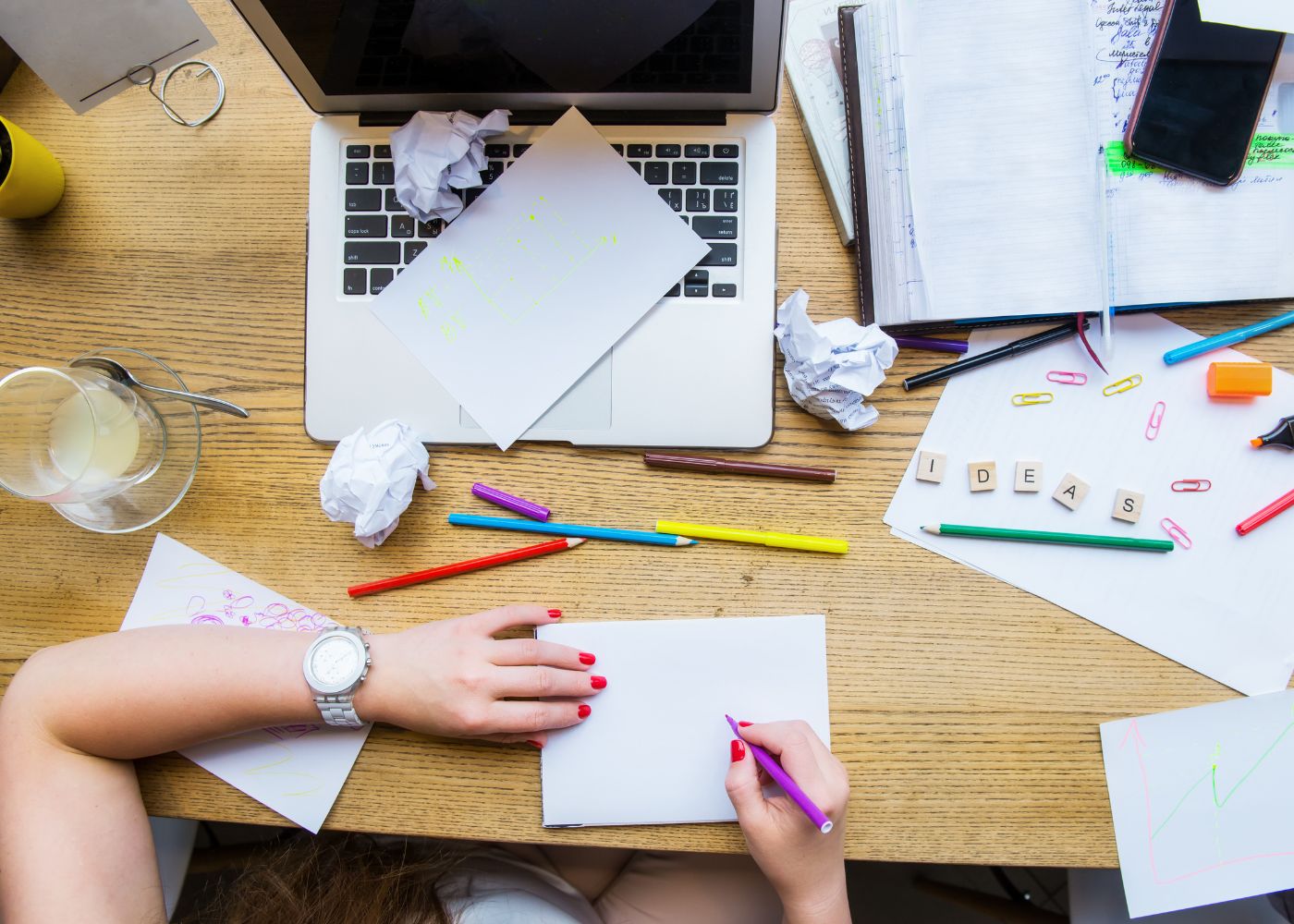
1. Ideation & conceptualisation
The first step in product design is ideation and conceptualisation. It involves brainstorming and generating ideas that address a specific need or problem in the market. During this phase, research is crucial. You need to research consumer demands, gaps in existing products, how you will stand out in and more.
Engage in market research to understand your target audience’s preferences, pain points, and behaviours. Observing trends and conducting surveys or interviews can provide insights that help shape your product’s unique selling points. The creative team at Nextpack have been developing products for 20+ years and counting. There are not many products we haven’t come across or developed, so we’re the perfect sounding board to bounce ideas off. To learn more about our product design services, click here.
2. Sketching & prototyping
Once you have a solid concept in mind, it’s time to translate your ideas into designs through digital or hand drawn sketching and prototyping. Use sketches to visualise your product’s form, features, and user interface. These drawings serve as the foundation for creating detailed prototypes that bring your concept to life. Prototyping enables you to test your product’s functionality, identify potential flaws, and refine its design. Often multiple iterations are required and it’s ideal to gather feedback from potential users, incorporating their insights into your design process.
Nextpack has a team of designers who can help you with sketching and prototyping. We always sketch in a way that translates well into bulk production. This is important to note because design agencies often create beautiful drawings on paper, however these drawings lack viability from a bulk production standpoint. It’s important to think about the manufacturing process when creating these initial designs. Ask questions like, “Can this be mass produced at largescale?,” “Is this angle technically possible?.” Nextpack is very happy to work with design agency drawings, but we always need to reserve extra time during this phase so that if needed, we can tweak drawings to suit factory machinery capabilities and are technically viable.
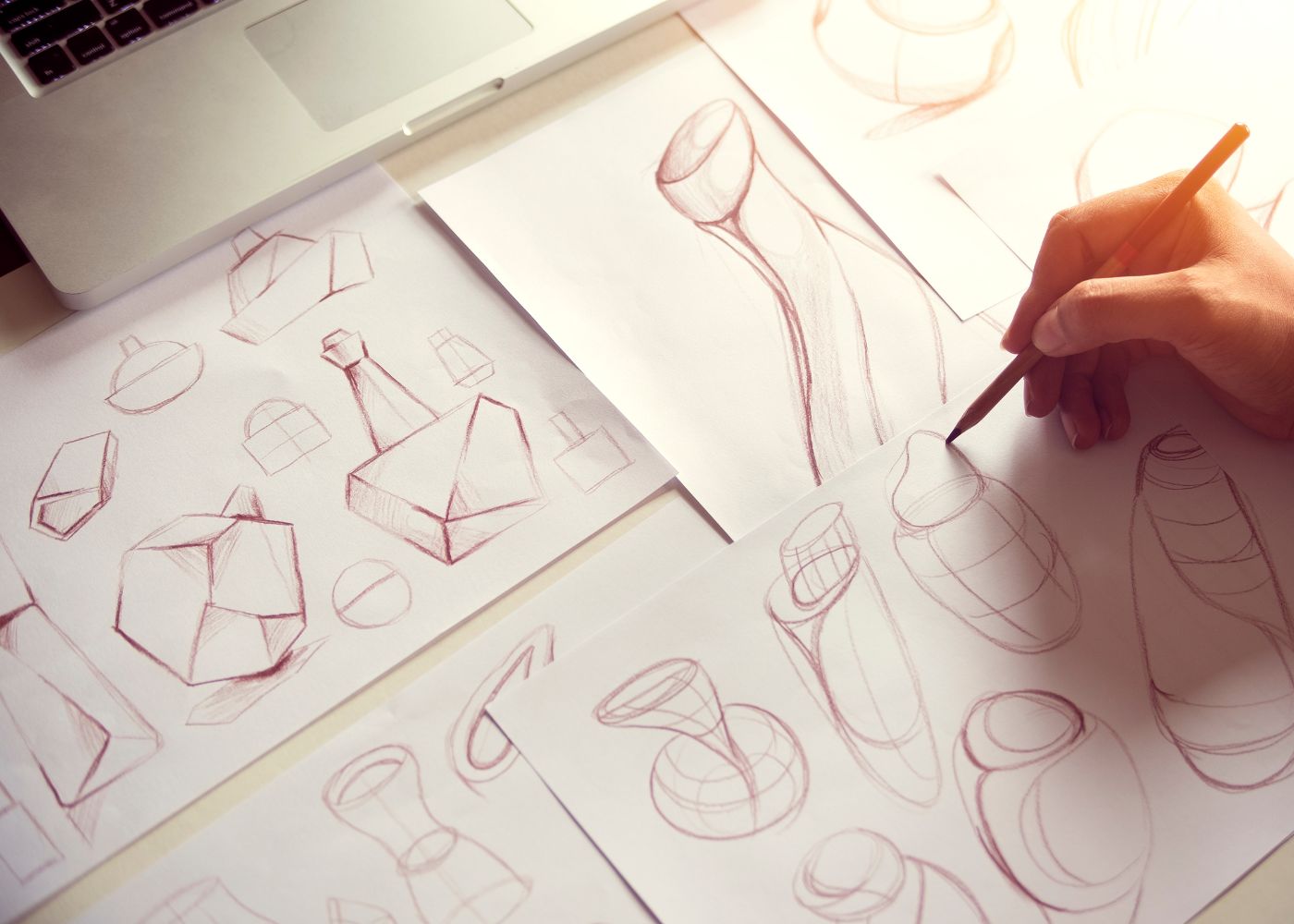

3. Testing and refinement
Testing is a pivotal stage in product design that involves subjecting your prototypes to rigorous evaluations and assessments. Conduct usability tests, focus groups, and product trials to gather feedback on your product’s performance, durability, and user experience.
Analyse the collected data to identify areas of improvement and iterate your design accordingly. Refinement is an iterative process that may involve multiple rounds of testing and modification to ensure that your product meets or exceeds user expectations and industry standards. The Nextpack team is highly skilled at testing; all products are handed to one or more team members to take home, scrutinise, and thoroughly assess their performance.
4. Manufacturing and production
Once you have a refined prototype that has undergone thorough testing and meets all the necessary specifications, it’s time to initiate the manufacturing and production process. Here it’s important to choose appropriate materials and production methods that align with your product’s design requirements, budget, and company ethos.
Nextpack is highly experienced in this space; we guide you and recommend the best materials to use. We choose the appropriate production method to bring your products to life in the best way possible.
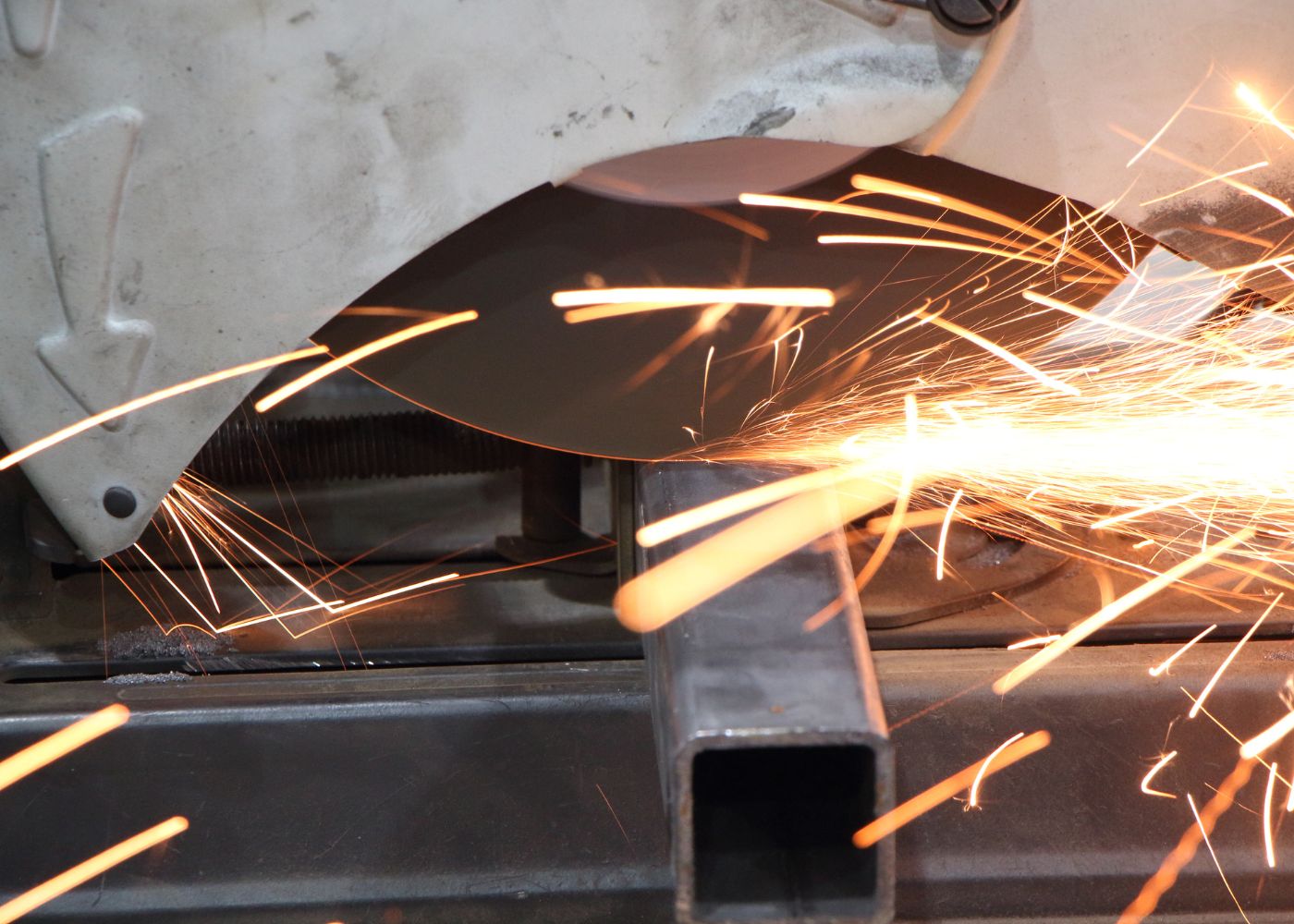
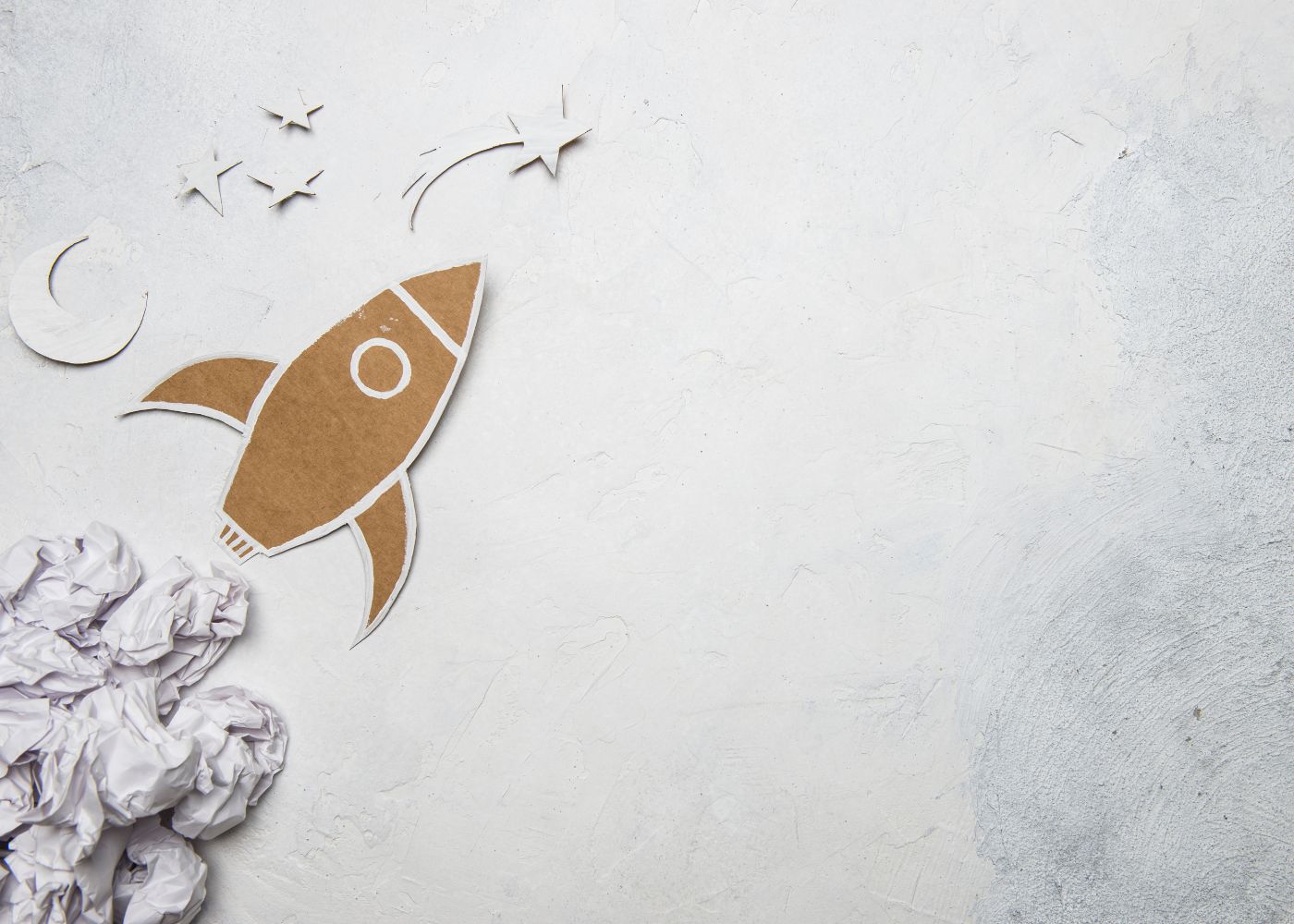
5. Launch and marketing
The final step in the product design process involves launching your product into the market and implementing an effective marketing strategy. Develop a comprehensive marketing plan that highlights your product’s unique features, benefits, and value proposition.
Leverage various marketing channels, such as digital and social media platforms, to create buzz and generate interest among your target audience. Engage in promotional activities, product demonstrations, and advertising campaigns to increase brand visibility and attract potential customers.
Continuous monitoring and customer feedback after the product launch are essential for making further improvements to your product design based on real-world usage and market response.
Conclusion
In conclusion, product design is an intricate process that demands creativity, critical thinking, and a deep understanding of consumer behaviour. By following these five key steps – Ideation and Conceptualisation, Sketching and Prototyping, Testing and Refinement, Manufacturing and Production, and Launch and Marketing – you can navigate the complex terrain of product design with confidence and purpose. Always stay open to feedback, remain adaptable, and strive for continuous innovation to create products that resonate with your audience and make a lasting impact in the market.
Remember, the journey of product design is not just about creating a product; it’s about crafting an experience that adds value to people’s lives and establishes a meaningful connection between your brand and your customers.
